Many of us take our dogs in our cars several times a week, maybe even daily. But have you ever stopped to think about whether or not your car is pet ready? This means safe for him to travel and ready in case of disaster or delay. Use the following checklist provided by the Center for Pet Safety (CPS) to make sure your car is pet ready. For more travel tips visit: http://www.centerforpetsafety.org/pet-parents/pet-travel-tips/ (DISCLAIMER: Images are for example purposes only and are not products that are necessarily approved or recommended by the Center for Pet Safety.)
#1 – Travel Crate
Obtain a quality travel device for your pet and get him acclimated to using it! Start slow, some dogs take more time to get acclimated than others. Check out the CPS Certified products page for more information on products that meet our rigorous testing and performance standards. Additionally keep an eye out for our 2015 Crate and Carrier Study Results coming later this summer.
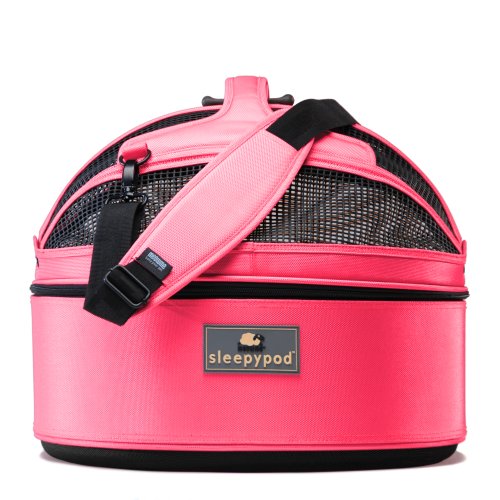
#2 –Cleaning Supplies
Travel with extra paper towels, plastic collection bags and antibacterial wipes to help make cleanups easy. Additionally, having a spray bottle with a mix of white vinegar and water will help cut through those slobber marks on the windows and on plastic surfaces in your car.
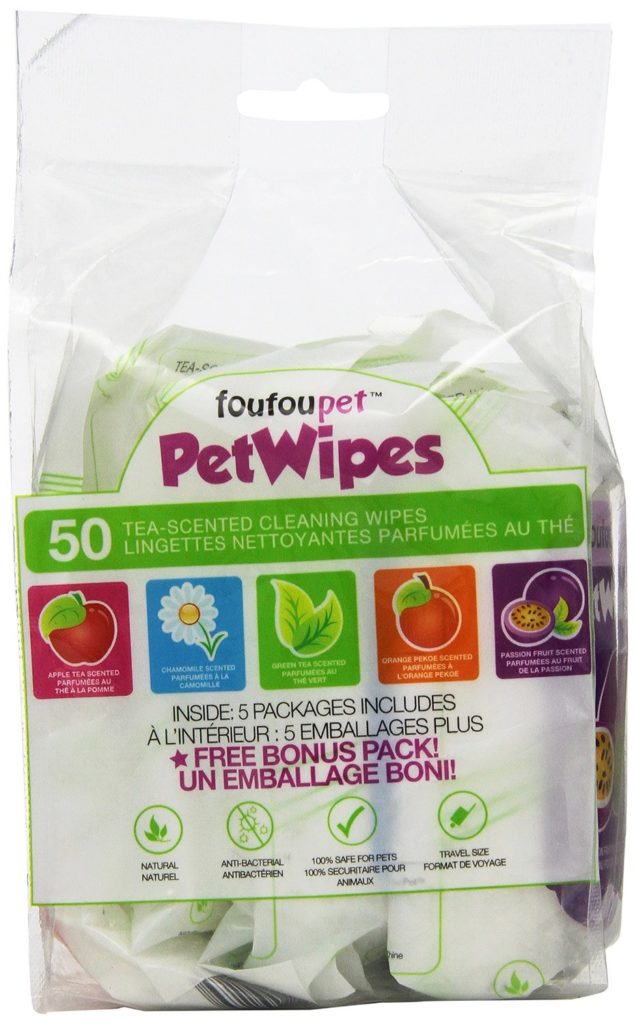
#3 – Seat Covers
Using a quality seat cover is an option for many pet owners. You can find anything from water-resistant to luxury seat covers and hammocks. The most important thing to look for is at least a 4-point anchor system to ensure the product doesn’t slide around. A shifting seat cover can increase the risk of injury for your pet, as well as increase driver distraction.

#4 – Seat Extenders
When using a hammock style seat cover, many pet owners prefer the added stability for their pets provided by an inflatable seat extender. This type of a product fits in the passenger leg compartment and the hammock rests on top – expanding the back seat. At this time, if a seat extender is used, we recommend an inflatable device, not a hard plastic device that could increase the risk of injury in the case of an accident.
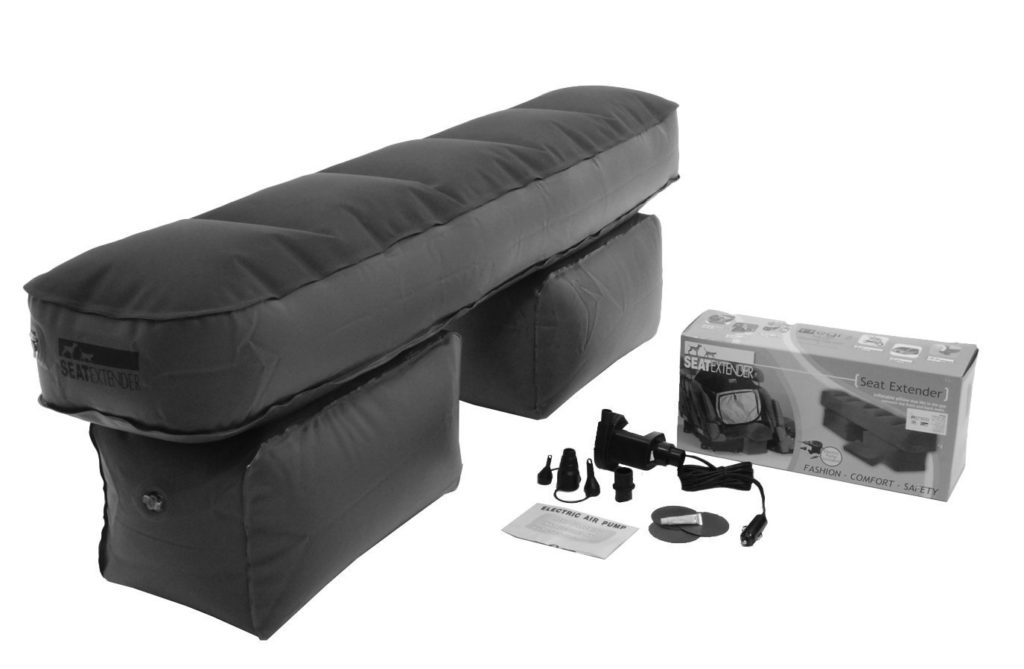
#5 – Car Sickness
When traveling with your pet, to help prevent car sickness, feed your pet at least two hours before you hit the road. Additionally, if your pet is prone to car sickness, check with your vet for medications that may ease gastric upset. Keep treats to the minimum when traveling – and NEVER let anyone you don’t know feed or give water to your dog.
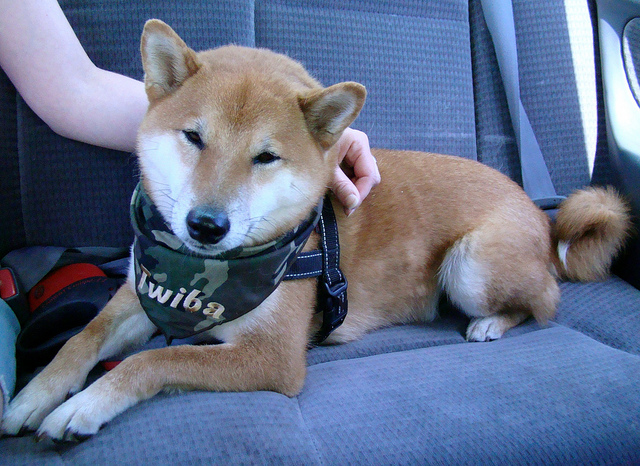
#6 – Doggy Preparedness Kit
First aid kits are essential in the case of an emergency. Keep a copy of your dog’s medical records, medications and identification, including pictures of you with your pets in your car. Center for Pet Safety’s PAWS UP for Safety program offers free downloads for pet owners to help them be better prepared. If you are traveling on a long trip, locate a veterinary medical provider near your travel destination. There are many sources to help you locate a qualified veterinarian near your destination location. (www.healthypet.com/accreditation/hospitalsearch.aspx)

#7 – Food and Water
Water is always good to take with you in the car, regardless of the length of your trip, because you never know when you are going to get stuck in traffic. It’s also good to bring bottled water or bottled tap water from home because water content changes from city to city and can upset your dog’s stomach.
Remember to not leave plastic bottles in your car (the water can become unsafe), but leave a note on your dash to grab some from the fridge before you leave. Portable dog food and water bowls can be left in the car so they are always available. Don’t forget extra food and treats, just in case!
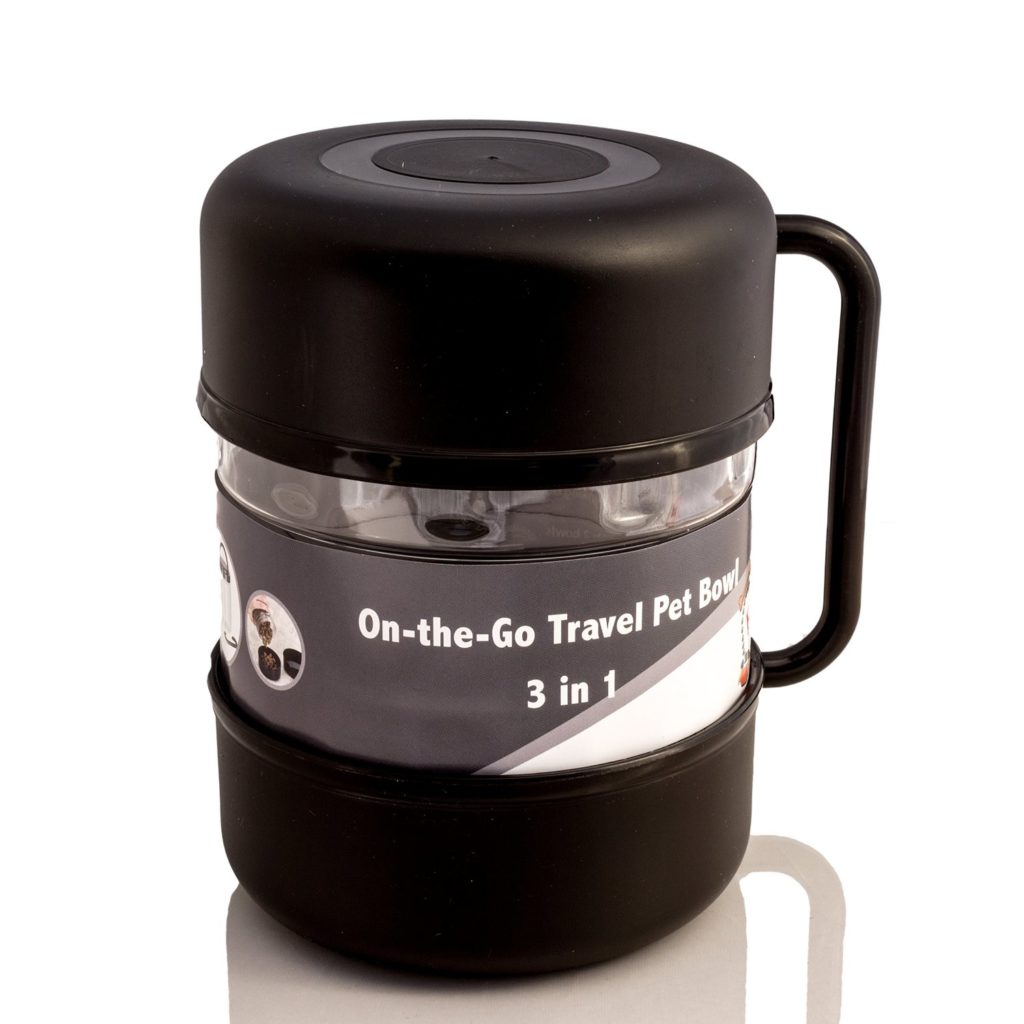
 Toledo, United States.
Toledo, United States.